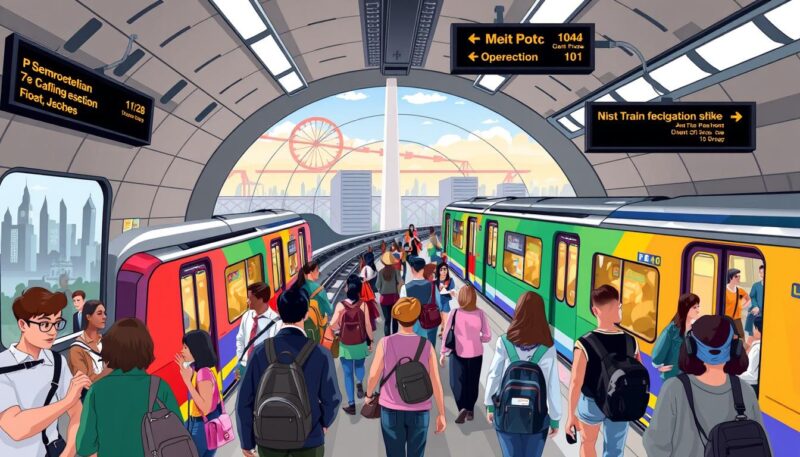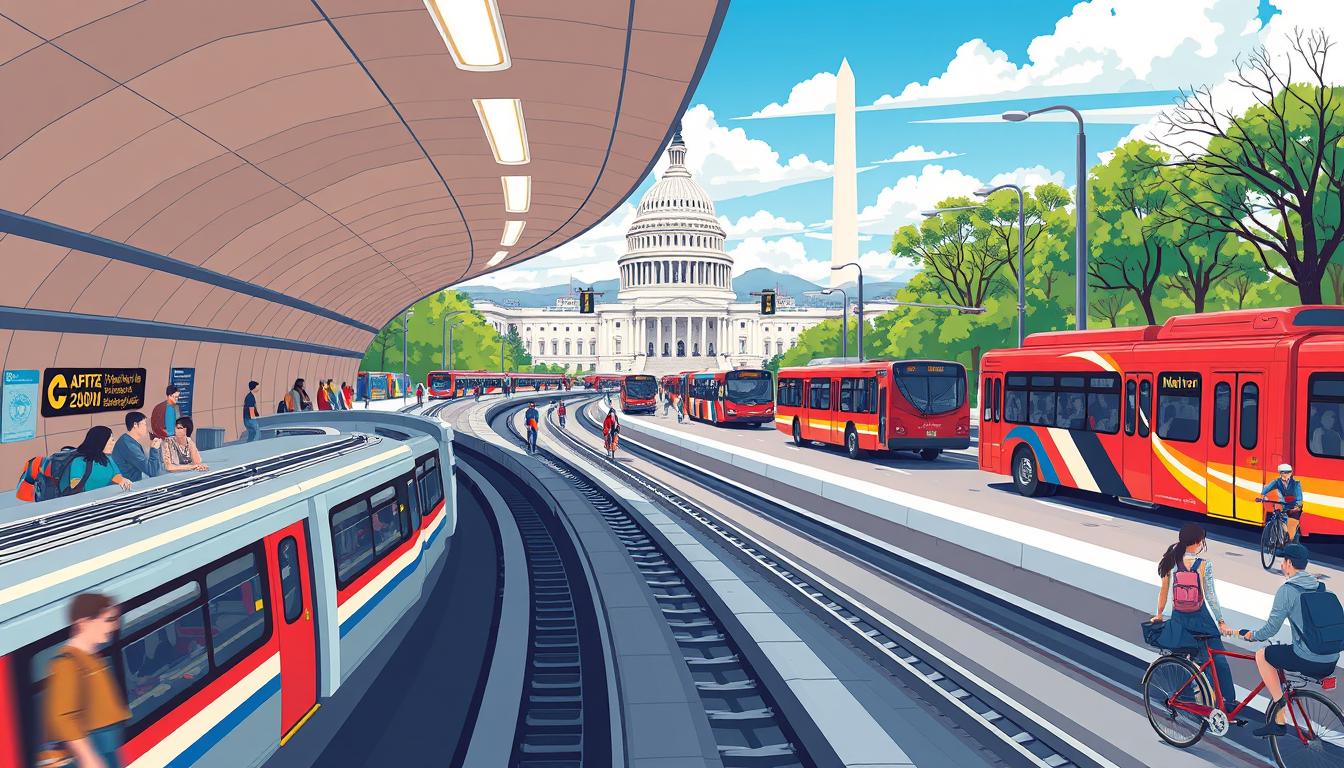When you visit the nation’s capital, mastering Washington, D.C.’s public transportation is essential for an enjoyable trip. The city equips you with a diverse and extensive transit system that includes the renowned D.C. Metro, one of the busiest public transportation systems in the country, alongside a robust network of buses. Established in the 1970s, D.C.’s Metro has undergone significant improvements since then, notably the extension of the Silver Line that now extends to Dulles International Airport. Understanding how this system operates, including fares, hours of service, and basic etiquette, will be crucial in navigating D.C. transit effectively. Whether you find yourself exploring iconic landmarks or heading to your favorite dining spots, utilizing the public transport Washington, D.C. offers is both efficient and economical. For real-time updates and maps, the Washington Metropolitan Area Transit Authority (WMATA) website is a valuable resource that can guide you on your journey through the city.
Overview of Washington, D.C.’s Public Transportation
Washington D.C. public transportation provides an impressive and varied means of commuting through the capital. The D.C. metro system is a vital component, offering efficient rail service connecting diverse neighborhoods and regions. Understanding the D.C. subway undertakes essential roles in both daily commutes and tourist travel.
Understanding the D.C. Metro System
The D.C. metro system is known for its well-organized network comprising six color-coded lines: Red, Blue, Orange, Yellow, Green, and Silver. With 98 stations distributed over 129 miles, it serves as a critical conduit for daily commuters, ranking as the second-largest rapid rail system in the United States. Riders can expect timely service, with trains arriving every eight minutes during peak hours and a maximum wait of up to 20 minutes during off-peak times.
Types of Transportation Available
Alongside the D.C. subway, Washington D.C. offers various types of transportation, catering to both residents and visitors. Options include:
- MetroBus: A fleet of 1,400 buses covers hundreds of routes, providing essential connections throughout the city. Regular fares are $2.00, with discounts available.
- DC Circulator: Operates for just $1 per ride along six routes, offering easy access to major attractions.
- MARC and VRE: These commuter trains connect D.C. with nearby Maryland and Virginia, enhancing intercity travel.
- Taxis and Rideshares: With over 6,200 registered taxis, ride-sharing apps like Uber and Lyft are very popular for convenient travel.
- Capital Bikeshare: Bicycles are available at over 500 stations, promoting eco-friendly transportation options.
- Water Taxis: The Potomac Riverboat Company operates water taxis, linking various tourist spots along the river.
These types of transportation Washington D.C. offer comprehensive coverage for commuting needs, ensuring you can navigate the city with ease. With the substantial public transit infrastructure, residents and tourists alike experience the efficiency and convenience of moving around the capital.
D.C. Metro Tips for Efficient Travel
Navigating the bustling public transportation scene in Washington D.C. can feel overwhelming at first. It’s essential to familiarize yourself with the Metro system for effective travel. Gaining insight into the Metro lines, optimal payment methods, and understanding peak vs. off-peak hours will enhance your overall experience. Here are some valuable D.C. metro tips to help you get around Washington D.C. with ease.
Mastering the Metro Lines
The D.C. Metro system features six color-coded lines: Red, Blue, Orange, Yellow, Green, and Silver. Each line connects to key points of interest, making it convenient for tourists and locals alike. To navigate efficiently, pay close attention to transfer stations like Gallery Place-Chinatown and Metro Center, which facilitate seamless transitions between lines. The system operates 91 stations across 118 miles, ensuring you remain connected to the city’s attractions.
Using the SmarTrip Card for Easy Payments
Using the SmarTrip card streamlines your travel experience. This card simplifies fare payments throughout the Metro system. You can purchase a SmarTrip card at any Metro station or online. Tapping your card when entering and exiting enhances efficiency, and understanding the fare structure allows for better budgeting. For regular Metrobus rides, the fare is $2.00 if you use a SmarTrip card, which is often a more practical option for frequent travelers.
Peak vs. Off-Peak Hours: Planning Your Commute
Awareness of peak vs. off-peak hours significantly impacts your Metro experience. Peak hours typically span from 5:00 am to 9:30 am and 3:00 pm to 7:00 pm. Traveling during peak hours often leads to congestion, as trains arrive every eight minutes. Off-peak travel reduces stress, with trains running every 12 to 20 minutes and more available space. Optimize your visit by planning your commutes during off-peak hours for a more pleasant ride.

Conclusion
Mastering Washington D.C.’s public transportation system is essential for an enjoyable visit to this vibrant city. With over 200 million riders each year utilizing the Metro’s extensive network of 91 stations and 117 miles of track, you have numerous options for efficiently traveling in Washington D.C. Understanding these transit options, such as the Metro and bus systems, will greatly enhance your experience and make navigating between neighborhoods and iconic landmarks more accessible.
Investing time in familiarizing yourself with tools like the SmarTrip card and planning your travels during off-peak hours can also improve your journey. Notably, off-peak and weekend ridership has surpassed pre-pandemic levels, illustrating that many travelers are finding value in these less congested travel times. Remember, these tips for navigating D.C. public transportation not only make your trips smoother but also contribute to a more respectful and welcoming environment for all users.
With the federal government supporting local transit initiatives, including a significant financial injection to maintain service levels, it’s an exciting time to explore the city through public transportation. Armed with these insights and strategies, you’re now prepared to confidently explore the attractions and neighborhoods that make Washington D.C. a unique destination.
